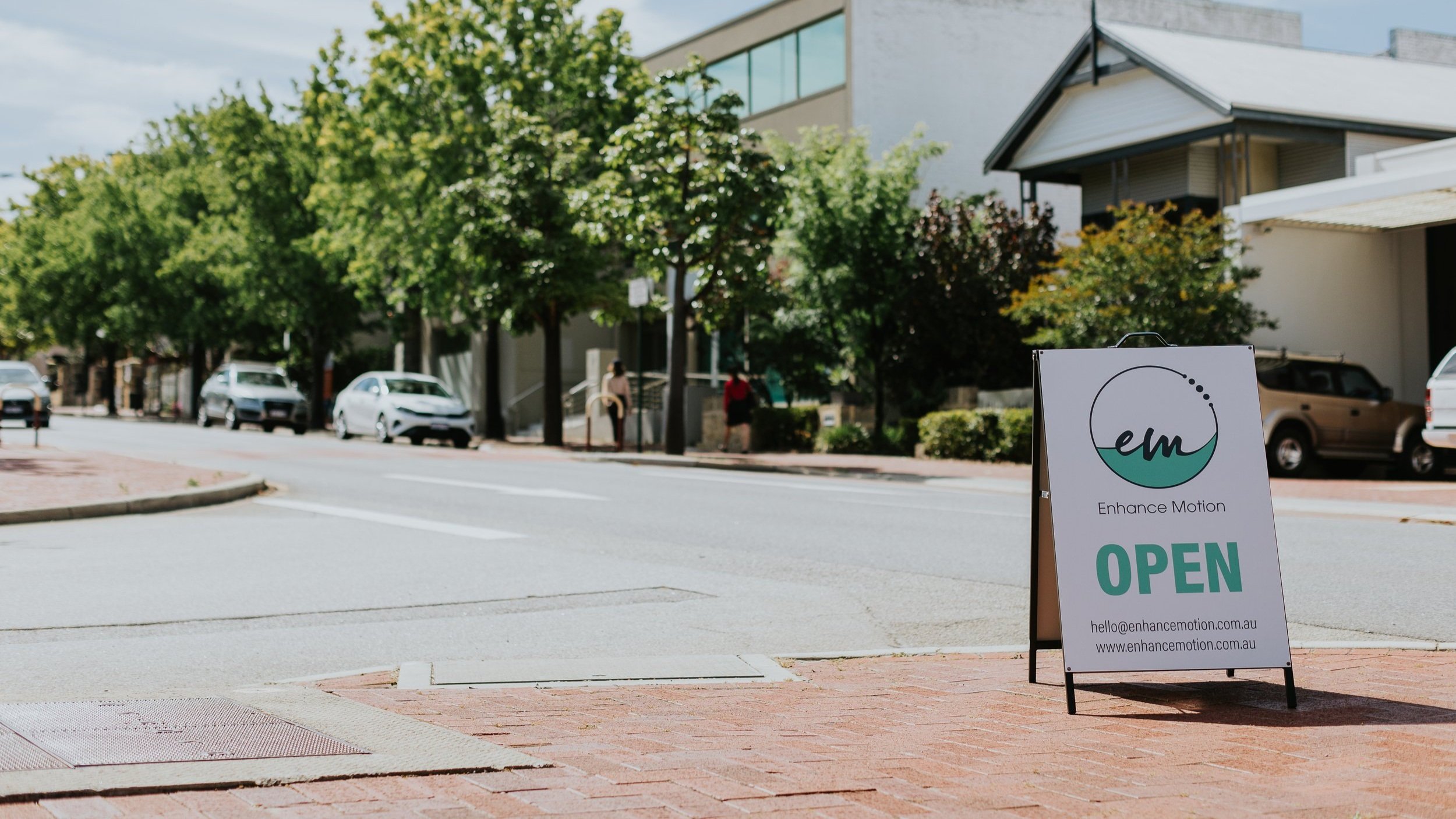Osteoporosis
What is it?
Osteoporosis literally means “porous bones” and is a condition which results in bones becoming very weak, thin and fragile and takes the slightest bump for them to fracture. It happens because of low bone density which occurs when bones lose minerals (such as calcium) faster than they can replace them.
Osteopenia is when someone has very low bone density but it’s not quite low enough to be classified as osteoporosis.
What can cause OP?
There are certain risk factors that contribute to osteopenia and osteoporosis such as increasing age, sex (more common in females), family history, low Vit D levels (very common in Australia with everyone being very sun smart), low intake of calcium, low body weight, smoking, excess alcohol consumption, physical inactivity, long-term corticosteroid use and reduced oestrogen levels.
How can Enhance Motion help those with Osteoporosis?
“Primary prevention of osteoporosis involves supplementing diet to get sufficient calcium and vitamin D, and behaviour modification such as regular weight-bearing and resistance exercise, keeping alcohol intake low and not smoking, and fall reduction strategies (RACGP 2018).”
Our physiotherapists, occupational therapists and exercise physiologists are all experts in helping with a couple of the key strategies needed to prevent and manage osteoporosis.
“Regular weight-bearing and resistance exercises” and “fall reduction strategies” are our bread and butter and what we are very good at helping you with. Along with helping to encourage and maintain physical activity to help with weight loss or to help put on weight, we also work with you to PREVENT osteoporosis if, for example, you have a family history or know that you have osteopenia.
Our allied health therapists are also well versed in helping those with decreased Quality of Life (QOL) due to osteoporosis (such as those who have had fractures in their arms/hips/spine) and require assistance to regain strength and mobility to enable them to return to activities of daily living such as household chores, writing, preparing meals, bending and performing personal care tasks as well as provide equipment and modifications around the home to people safe within their homes.

